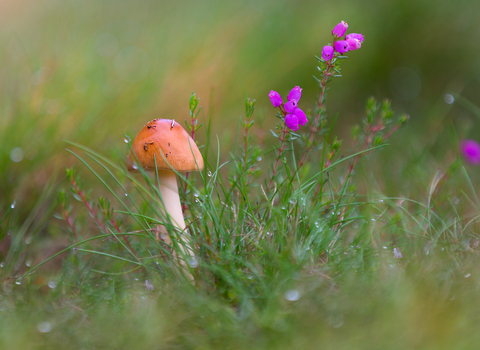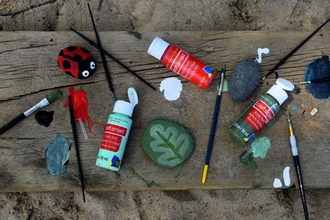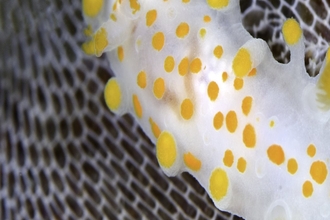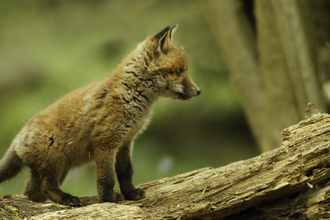Meet the mushrooms
When we think of fungi, we usually think of mushrooms, but did you know that a fungus is actually much bigger than just its mushrooms? Most fungi are made of strands calledhyphae (pronounced hi-fee), which are many times thinner than plant roots. If you could look into the soil beneath your feet with a microscope, you would see it is full of these strands of fungal hyphae, forming a web throughout the soil. The magnificent mushrooms that we see are the ‘fruiting bodies’ of the fungus. They produce spores, which are like its seeds. You can think of a mushroom as being like an apple, while the hyphae are likethe apple tree.
Fungi are not plants or animals - they are as different from a plant as you are! And they are actually more closely related to us than they are to plants.
Huge but hidden
Even though we usually only notice fungi when they produce their mushrooms, fungi are there all the time, living in the soil, rotting wood and inside plants, trees and animals. Because hyphae are so thin, fungi can go unnoticed even though some can be enormous. Some of the largest living things in the world are fungi, and their hyphae can cover several square miles (that’s over 1,000 football pitches!). Fungi can also live to be thousands of years old!
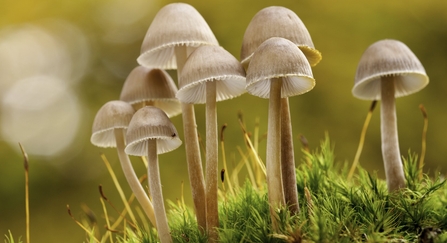
Ross Hoddinott/2020VISION
Sharing is caring
As many gardeners know, fungi do a brilliant job of breaking down dead plants and animals, recycling their nutrients back into the soil. But many fungi also have a very special relationship with living plants. Their hyphae grow closely around, and even within, plants’ roots. Plants use sunlight to make sugars (food) through a process called photosynthesis (fo-to-sinth-e-sis), and they share these sugars with the fungi that they grow with. In return, the fungi give plants some of the water and nutrients that they have taken in through their hyphae. This means the plants can get nutrients from a huge area of soil that they couldn’t reach by themselves, and the fungi get sugars that they can’t make themselves. By sharing,the fungi and the plantscan both thrive!
Nutrient networks
Trees and plants living near each other are connected by this amazing underground network of fungi. Just think - every time you take a walk in the woods, you are walking over millions of miles of hyphae, growing through the soil and among the plants’ roots! The network carries water, nutrients and chemical signals between different plants and trees. Struggling plants can receive nutrients and water to help them survive. Or if a plant is under attack from aphids, fungi can carry a chemical message to other plants, warning them of the attack. The plants then get ready to defend themselves with chemicals of their own!By keeping plants healthy, fungi make sure the plants continue to supply them with the sugars they need. And, without even knowing it, fungi are supporting all the wonderful wildlife that depends on plants, too!
Around 90% of plant species on earth are dependent on fungi. Without fungi, many plants would not be able to live - including food plants and crops that we rely on, and beautiful flowers like orchids.

